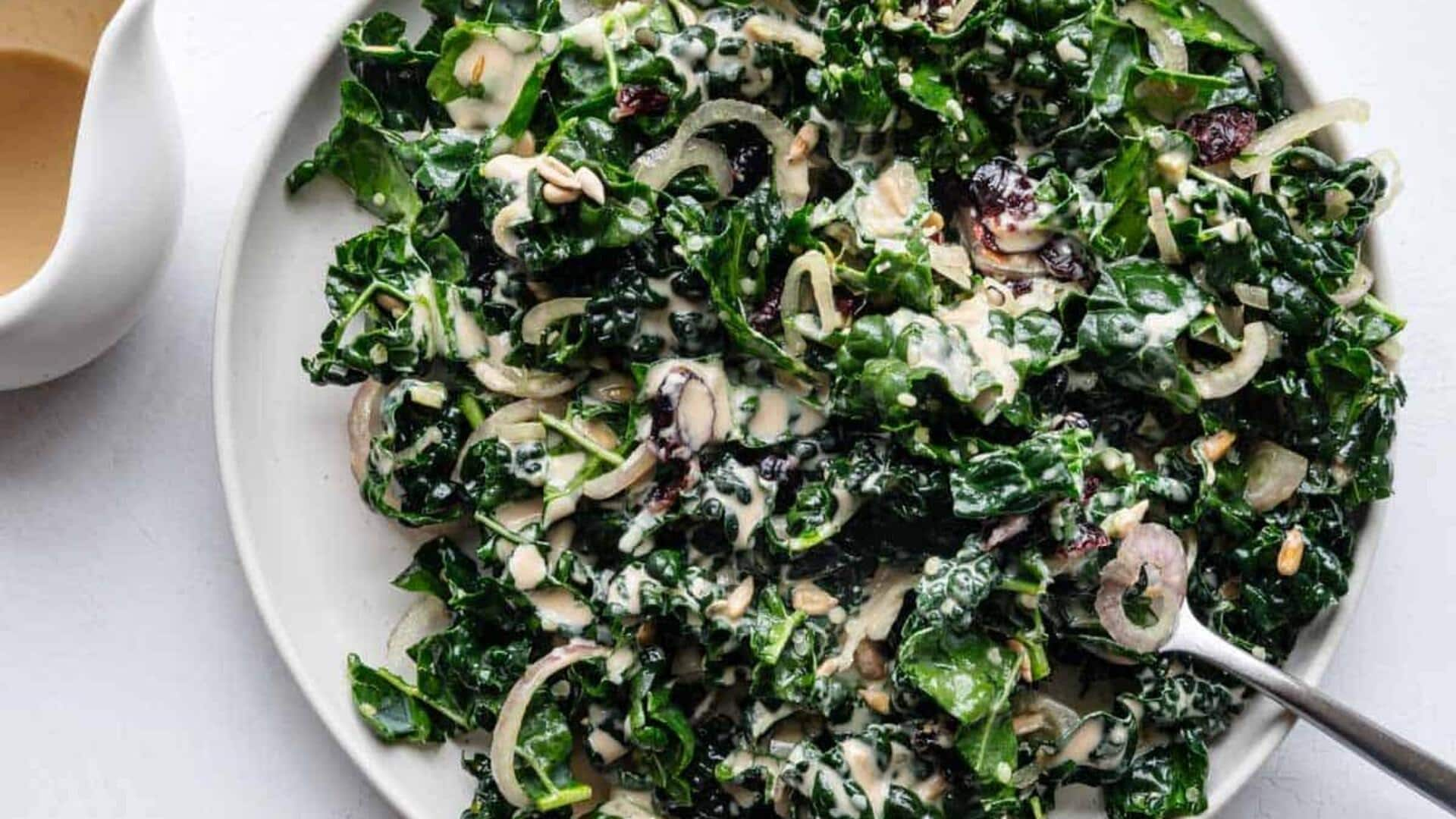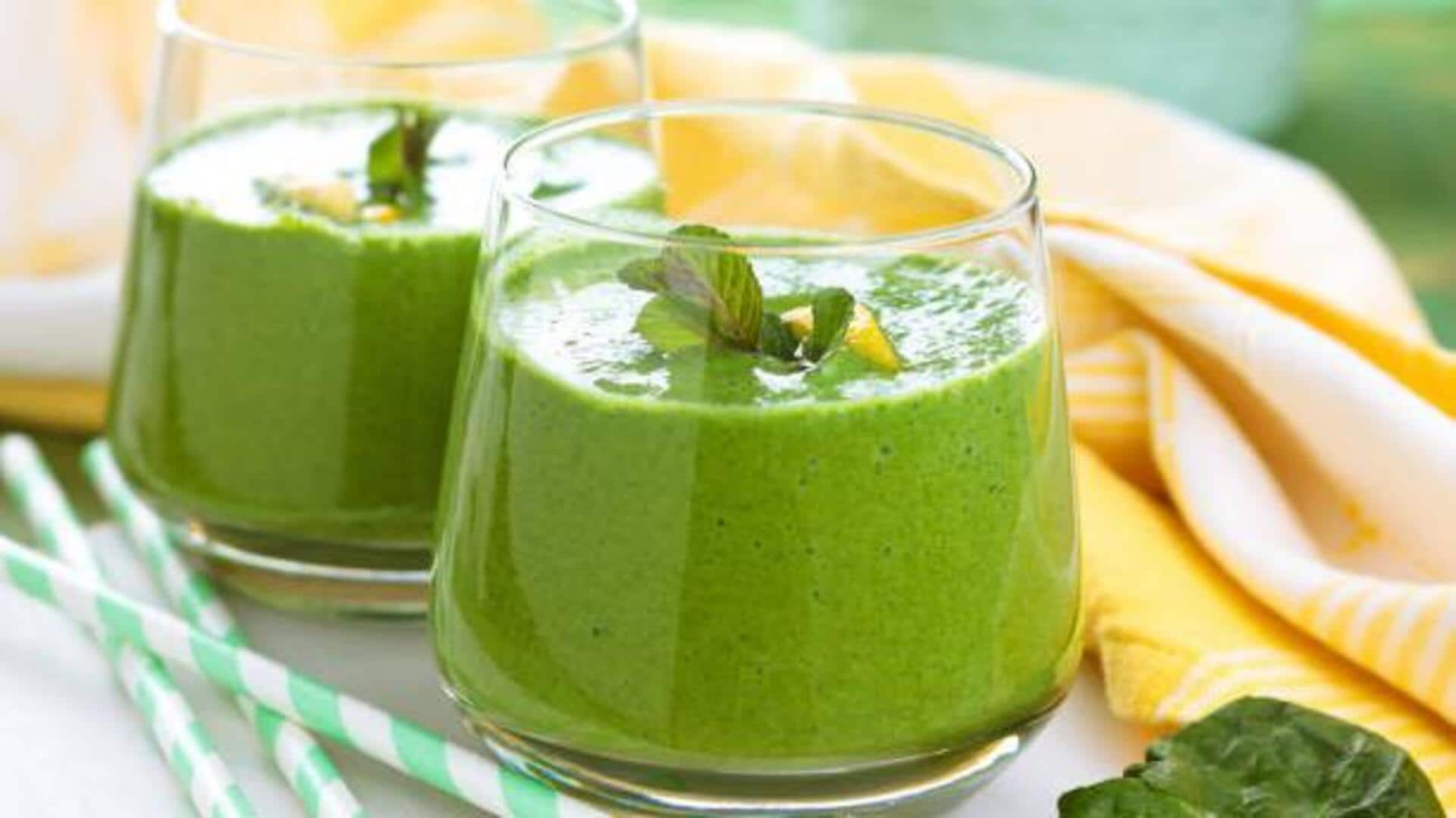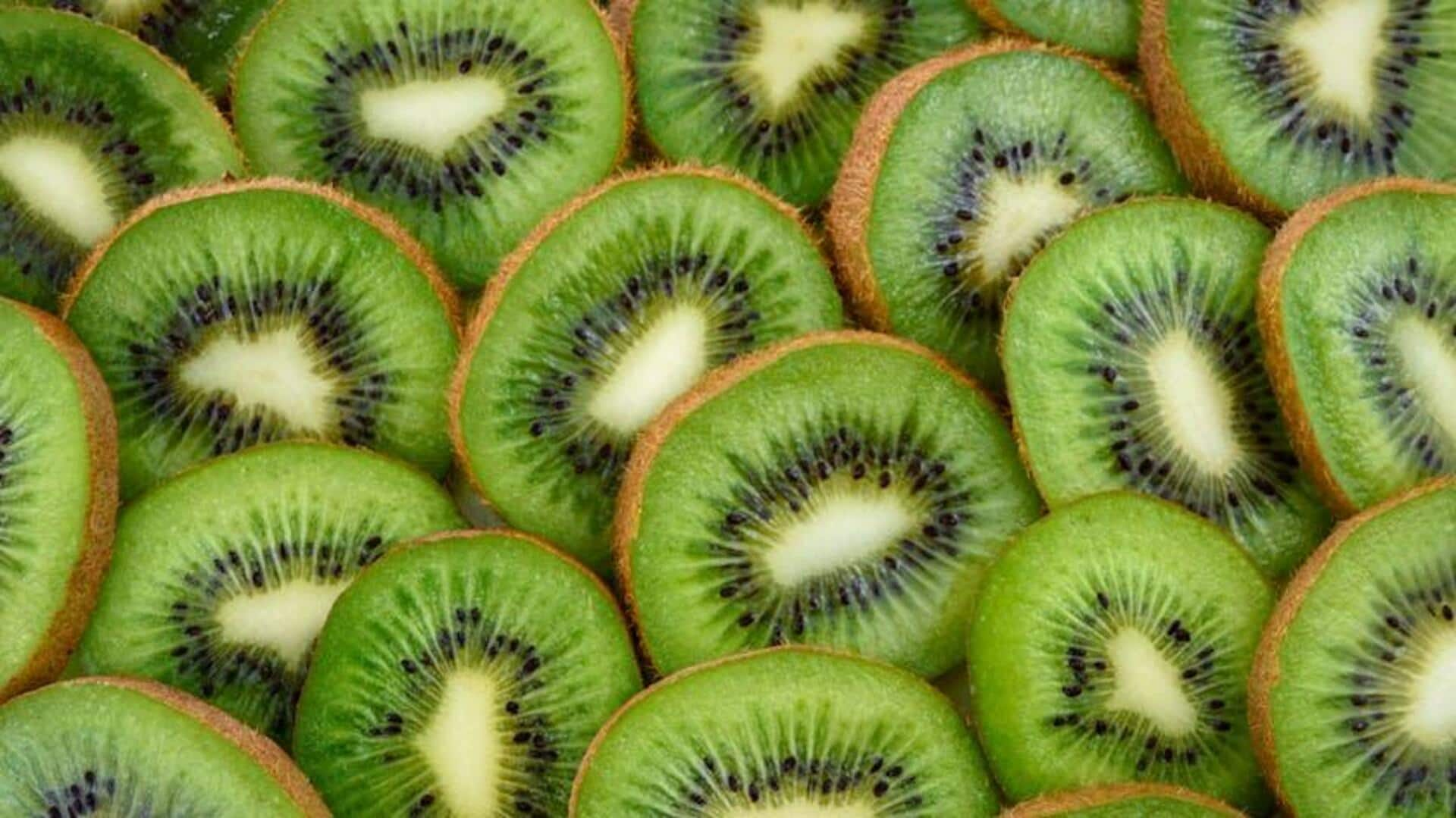Mistake 1: Overcooking spinach
Overcooking is one of the most significant mistakes in spinach preparation, leading to nutrient loss. When spinach is exposed to high heat for extended
periods, its delicate structure breaks down. This prolonged exposure results in the degradation of vital nutrients like folate and vitamin C, which are sensitive to heat. Overcooked spinach often loses its vibrant color and develops a mushy texture, indicating that its valuable components have begun to degrade. To prevent this, it’s essential to cook spinach briefly and at a moderate temperature. Consider blanching spinach in boiling water for just a minute or two, or lightly sautéing it in a pan. This method ensures that spinach retains its color, texture, and nutritional value, allowing you to enjoy the maximum health benefits. This is key for retaining the nutritional value, ensuring your body gets the vitamins and minerals it needs. Always keep a watchful eye on the spinach as it cooks to prevent overcooking.
Mistake 2: Adding salt early
Adding salt to spinach too early in the cooking process can have adverse effects on its texture and nutrient content. Salt draws moisture out of the spinach through osmosis, causing it to wilt prematurely and become excessively soft or even soggy. Furthermore, adding salt early may cause some of the water-soluble vitamins to leach out into the cooking water, leading to a reduction in the nutritional value of the dish. To avoid these issues, it's best to add salt at the end of cooking. This helps retain the spinach's texture while minimizing nutrient loss. Seasoning the spinach after it’s cooked allows you to control the flavor better. By adding salt at the end, you can also better monitor the taste and adjust the seasoning as needed. This will ensure a perfect balance and enhances the overall culinary experience, leaving you with a dish that is both tasty and nutritious.
Mistake 3: Overboiling spinach
Overboiling is another detrimental practice when it comes to cooking spinach. The prolonged submersion in boiling water not only breaks down the spinach's cell walls but also leads to substantial nutrient leaching. The high heat and prolonged exposure strip away essential vitamins and minerals, reducing the nutritional density of the spinach. The boiling process causes significant amounts of water-soluble vitamins, such as vitamin C and B vitamins, to dissolve into the cooking water, making them unavailable for consumption. Besides nutrient loss, overboiling can also negatively affect the taste and texture of the spinach, turning it into a bland and mushy substance. It's advisable to cook spinach with minimal water or steaming it briefly to prevent excessive nutrient loss and maintain its vibrant color and fresh taste. Consider steaming or quickly sautéing spinach to preserve its beneficial components and create a more enjoyable dish. Doing so enhances the nutritional value of your meal.
Mistake 4: Using incorrect water
The type of water used to cook spinach can affect its flavor and nutritional value. Using excessive amounts of water dilutes the spinach’s natural flavors and can also leach out vitamins and minerals. While some water is necessary for methods like blanching or steaming, using too much can be counterproductive. The water-soluble vitamins and minerals can be lost when a lot of water is present. Instead, opt for methods that require less water, such as sautéing spinach with a small amount of olive oil or other healthy fats. This not only helps to retain the nutrients but also enhances the flavor of the spinach. When blanching, use just enough water to submerge the spinach briefly, and be sure to drain it promptly to prevent the spinach from becoming waterlogged and losing its nutritional value. Also, avoid using hard water, which can affect the spinach's taste, and instead use filtered water, which helps to preserve the original flavor and the nutritional benefits.
Mistake 5: Not cooking correctly
Failing to cook spinach correctly includes not properly washing it. Spinach often comes with sand, dirt, and other impurities that can affect both the taste and safety of your meal. Inadequate washing can lead to gritty, unpleasant spinach. Additionally, the cooking method itself matters. Choosing the right approach can help you retain nutrients and enhance the flavor. For example, sautéing spinach with a little olive oil or garlic can bring out its natural flavors while preserving its texture and vitamins. Steaming spinach is another great option, as it keeps the leafy greens from direct contact with water and retains the nutrients. Always ensure that you gently wash the spinach leaves in cold water before cooking. This removes any residual dirt or debris, providing a clean base for your culinary efforts. Once clean, select a cooking method that minimizes water use and heat exposure, focusing on enhancing the flavor and nutritional value of the spinach. Consider the different cooking methods and tailor them to your preferences. For example, lightly sautéing with herbs and spices.



